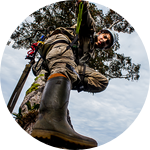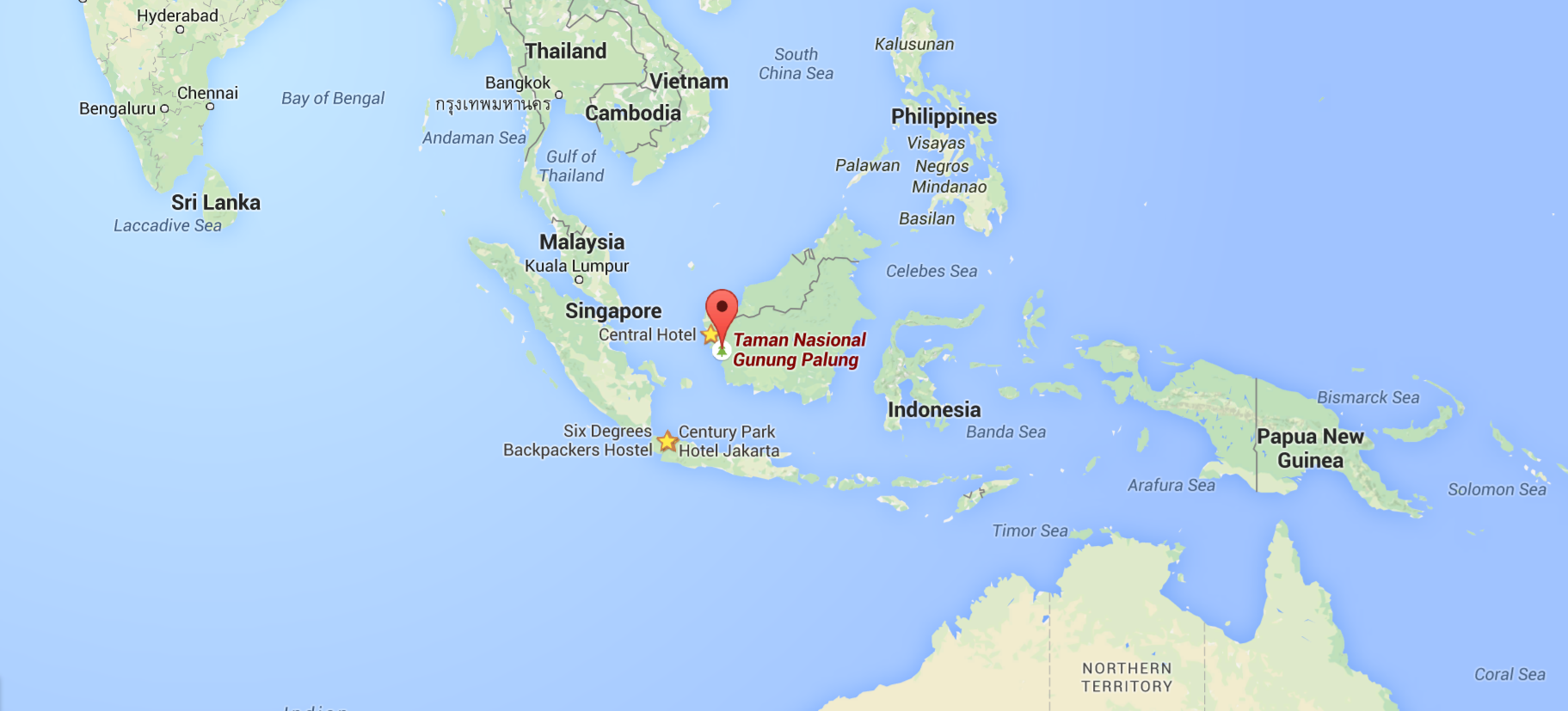About This Project
Just how large are male orangutan territories? Even after years of studies at Gunung Palung National Park in Borneo, we don't know. When males enter wild rainforest away from research trails, studies are abandoned due to the difficulties of straying so far from camp.
To solve this mystery, we will take a new approach: by equipping ourselves with enough gear to survive longer term periods in wild rainforest, we can finally track these males to their limit, and map their full territories via GPS.
Ask the Scientists
Join The DiscussionWhat is the context of this research?
Unlike monkey studies, placing radio-collars on orangutans for remote tracking has proven impossible; they quickly learn how to remove them. Furthermore, transmitter implants are too invasive for these wild creatures. Due to this, tracking must be done the adventurous way, in person. But since male territories range over areas larger than research sites, we are still missing key data for accurate range modeling.
To solve this, we will follow the orangutans outside our research site by equipping ourselves with enough supplies to track them wherever they take us, camping out at their nesting tree each night instead of returning to camp. With this novel capability to follow them unrestrictedly, we can gain the data we need to create more accurate models of male orangutan ranging patterns.
What is the significance of this project?
This project will provide some of the first data on range and habitat use collected outside of an established study site in West Kalimantan, Indonesia. Orangutans are a keystone species, playing a crucial role in the ecosystem. The results of this project can have a direct impact on conservation policy, as conservationists will be able to better define the minimum area and habitat requirements necessary for the survival of orangutans and their environment. In addition, media can have some of the greatest impact on conservation, and the long-term nature of the follows in this project will allow us to document rarely observed cultural behaviors on film. This footage will serve as a tool for research, and will be shared with local authorities NGOs, (and BACKERS!), for educational purposes.
What are the goals of the project?
1. Collect and analyze data on male orangutan travel patterns. We will track the orangutans using GPS. In order to keep up with them when they leave the trail system, we will carry food, supplies, and hammocks to camp out at their nesting site. Using various GIS and statistical analysis techniques, we will model their territory size and ranging patterns.
2. Publish results and support local NGO and national park. We intend to publish our results in scientific journals, and provide our data to the national park, to aid in patrolling and monitoring of site. During our follows, we will also be able to provide reports of illegal logging in the area.
3. Support education efforts. We will share all results and media with National Park, local NGO Yayasan Palung, AND BACKERS, to aid in education.
Budget
In order to get enough data for this project, I need to spend a year in Indonesia doing fieldwork. So far, thanks to generous grants from National Geographic and The Phoenix Zoo, I have $8000, which is enough funding to cover start-up costs like travel ($1500), research permits ($2500), and research gear and supplies ($4000). But I do not yet have enough to cover long-term expenses like food and research station fees for the entire year. It is therefore of great importance to secure this additional funding, to ensure that my research can last the entire year. Every single donation helps!
I already have a main GPS unit, and it will be used for the bulk of data collection. In addition to this however, I would like to purchase a secondary GPS unit for my research assistant. This is for safety purposes - in case we ever get separated, it is important for him to have a GPS unit to navigate the rainforest.
Endorsed by
Meet the Team
Team Bio
I was born and raised in Isla Verde, Puerto Rico. I owe my appreciation for nature to my childhood experiences of traveling, camping, and hiking around the mountains of my home island. Since then, through travels and adventures throughout the world, my love for exploring new horizons has only grown.
I attended Boston University, and graduated magna cum laude in 2013 with a bachelor's degree in Biology and Anthropology. At BU, I was a student under professor Cheryl Knott. After graduating, I volunteered for a year of field work at Knott's orangutan research project in West Kalimantan (Borneo), Indonesia. I got to see wild orangutans in their natural habitat, and learn about their diet, social behavior, and ranging patterns. I found a new passion in wildlife photography. And I found another home on the other side of the globe.
In 2014, I was awarded a National Geographic Young Explorer's grant for my orangutan research project, which is set to begin in the next few months. I miss the rainforest, I miss Indonesia, and can't wait to begin.
When I'm not in the jungle working, I enjoy traveling, cycling, rock climbing, slacklining, and boxing.
Robert Rodriguez Suro
I'm a researcher, photographer, and adventurer, from Isla Verde, Puerto Rico. I'm interested in documenting wild places, wildlife, and adventure.
In 2014, I was awarded a National Geographic Young Explorer's grant, for a project I'll be carrying out in Indonesia entitled "The Lives of Orangutans." I will be engaging in long-range orangutan follows outside the grid of research sites in order to discover the true home range size of male orangutans. Throughout the expedition, I will be documenting the trials and the adventures of living and surviving in the wild, through photos, documentaries, and writing.
Additional Information
As a backer, you deserve something for your donation! Those who donate will receive the following bonuses:
$25: Monthly e-mail updates, with news from my fieldwork directly from the jungle.
$50: Personalized letter, with a photo, thanking you for your support! (and previous bonus).
$100: Acknowledgement in any scientific publication resulting from this project (and all previous bonuses).
$200: Photo book, filled with images of orangutans, the rainforest, and the fieldwork (and all previous bonuses). You can see some of my previous photographic work on orangutans below!)
$250: One-year subscription to National Geographic Magazine (and all previous bonuses).
$500: Private presentation of results, photos, and videos, for you or any group (e.g., schools, university departments, etc.). Must be located in Puerto Rico, NYC, Boston, or Washington DC (also includes all previous bonuses!).
Visit my website at rrsuro.com for more information about me and my project!
Check out my Facebook page, and follow me on Twitter and Instagram.
Gunung Palung National Park, where this research project will take place:
Photos of orangutans at Gunung Palung that I took during my research volunteer experience during 2013-2014.
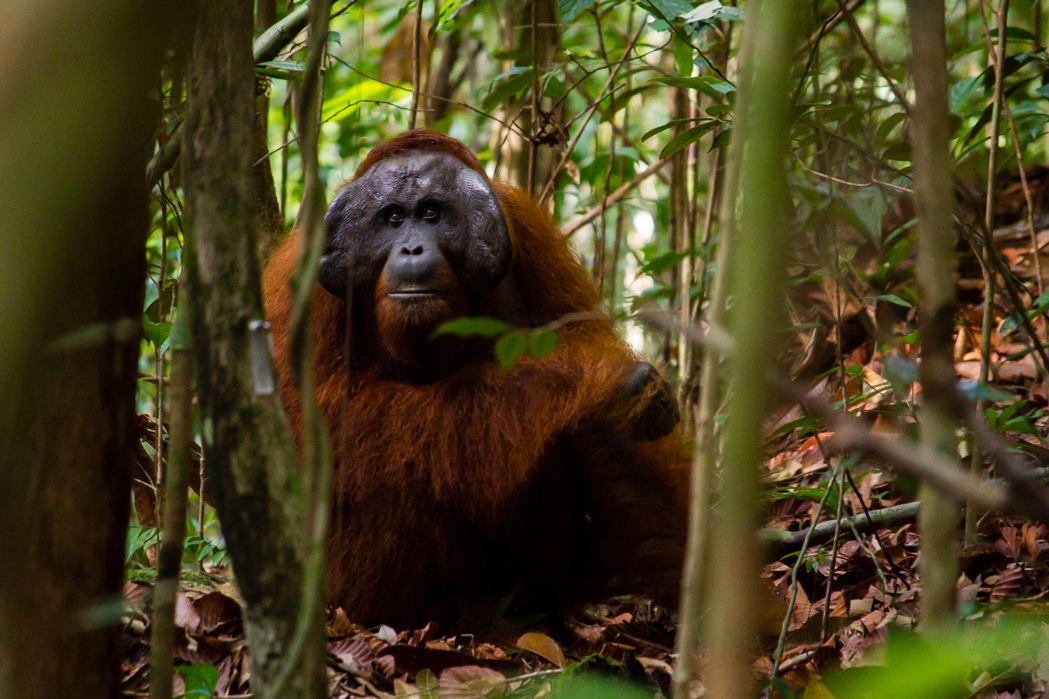
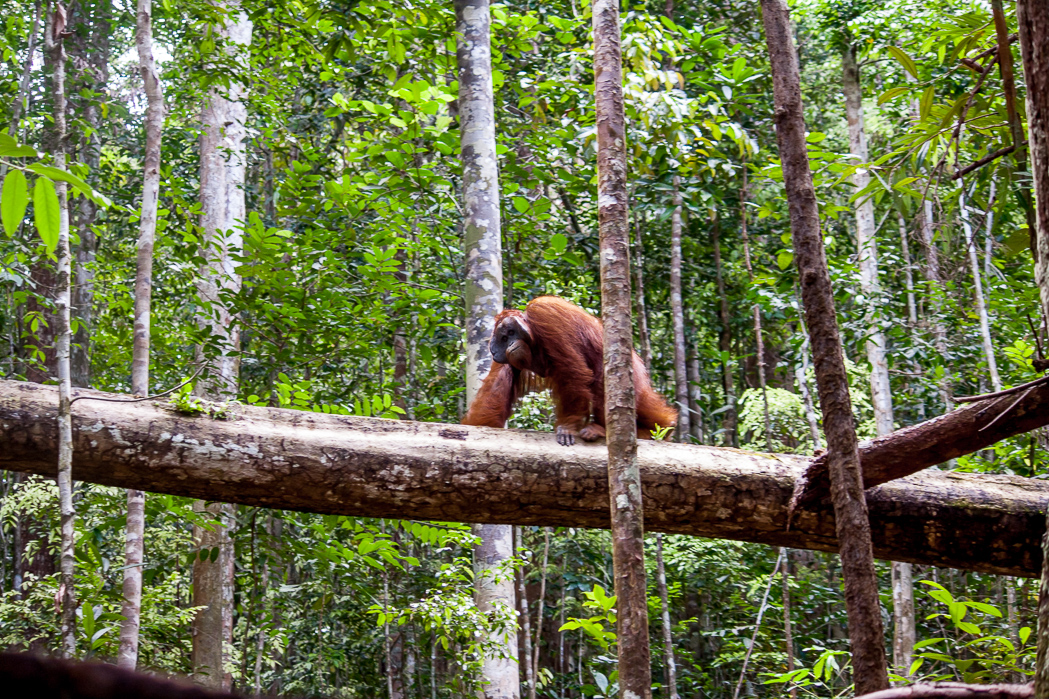
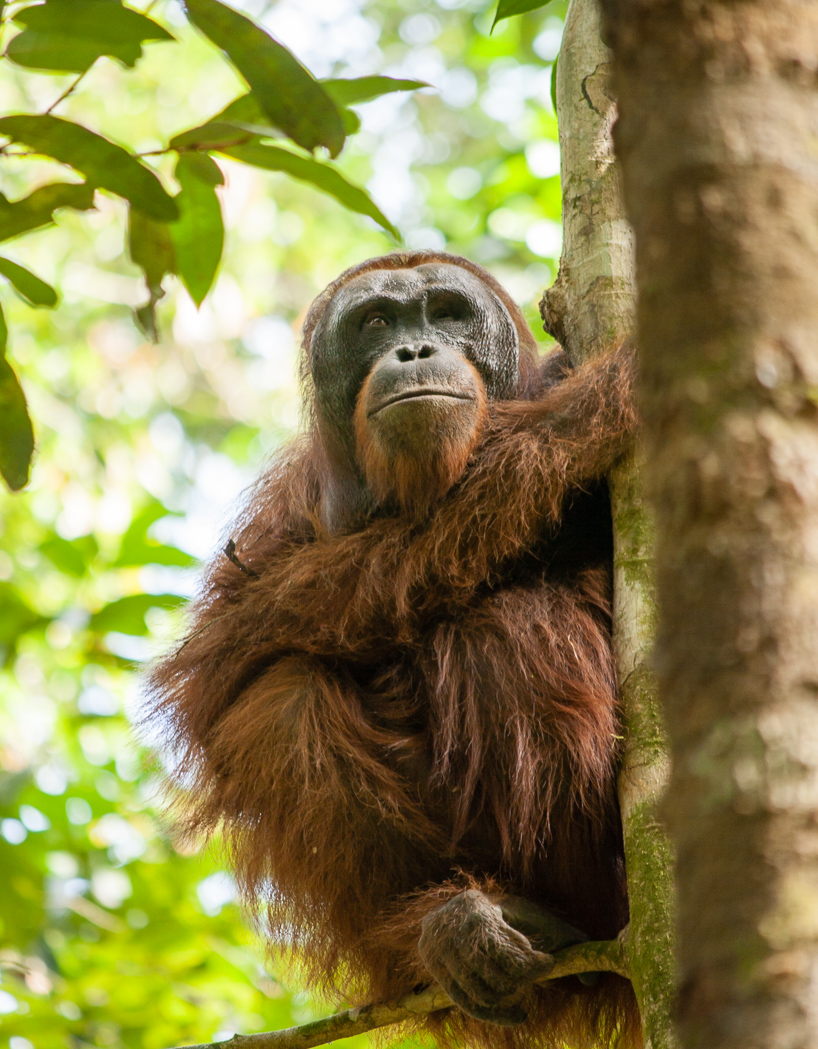

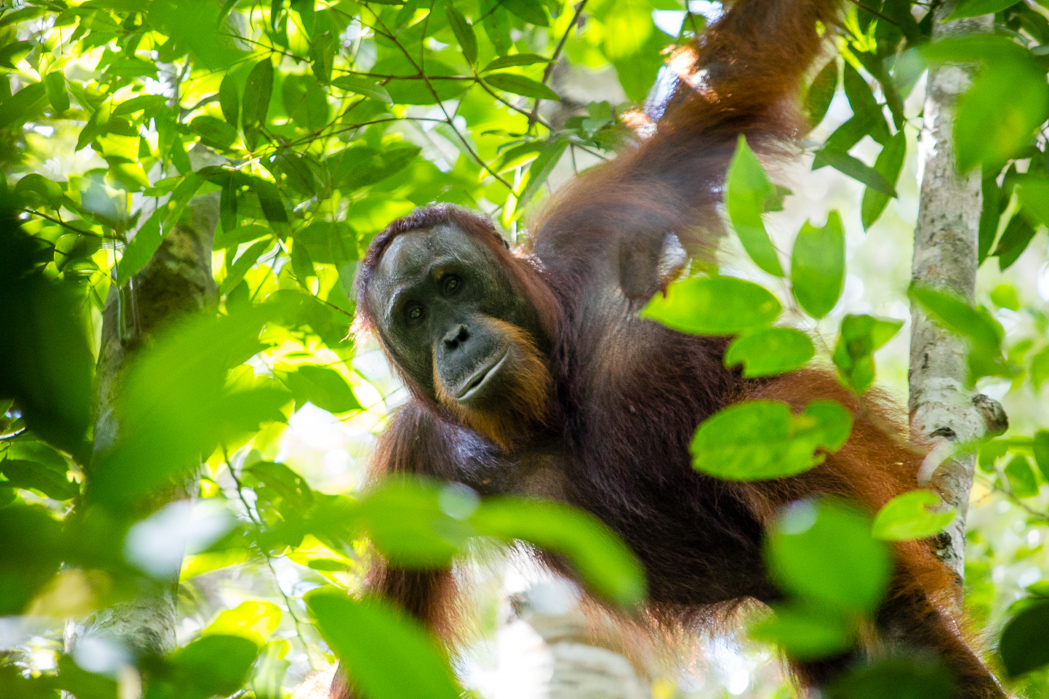
Project Backers
- 50Backers
- 103%Funded
- $5,154Total Donations
- $80.28Average Donation


